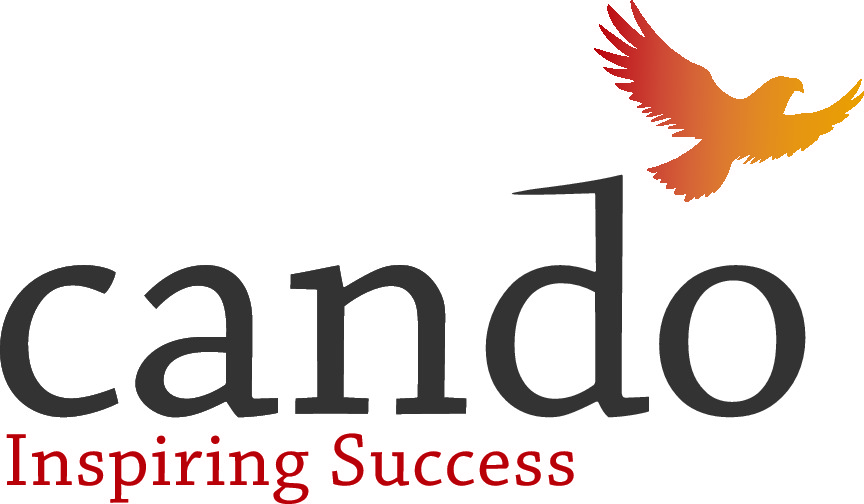Aboriginal Tourism: St. Eugene Mission, BC
DOI:
https://doi.org/10.29173/jaed315Keywords:
Business And Economics, Communication, Culture, Ethnic Interests, Golf, Historical events, Ignorance, Indigenous peoples, Marketing, Native North Americans, Schools, Students, Success, Tourism, Transportation services, St. Eugene Mission, Aboriginal tourism, Indigenous tourism, Indigenous businesses, Indigenous businesses in Canada, Indigenous economic development, Indigenous economic leadershipAbstract
[...]a tourist organization's primary service could be providing luxurious accommodations, but to guarantee success, it is likely to employ other industries including catering facilities, transportation services, and souvenir retailers. (2007) states, "much of the harm that has been perpetuated by dominant society on Indigenous people has been, and continues to be, based on ignorance" (p 3). [...]if such projects are able to adequately educate tourists about contemporary Aboriginal issues with respect to historical events, the presence of hostile negative relationships between Aboriginal and non Aboriginal people will be lessened, as ignorance regarding Aboriginal issues becomes something of the past. The St. Eugene Mission, located on reserve land near Cranbrook British Columbia, offers tourists a 4.5 star rated experience with access to an 18-hole golf course, a licensed casino, a gourmet restaurant, and of course luxury accommodations. Pierre refers to the period between the school closure and the re-opening as a "huge white elephant" (Pierre, 2009, p. 42), as it levied high monetary costs for the five bands to keep it running without any benefit to the community.
Downloads
References
Aboriginal Affairs and Northern Development Canada. (2009). St. Eugene Mission Resort: Pride of the Kootenays. Retrieved from <http://www.aadncaandc.gc.ca/eng/1100100021303>.
Amnesty International. (2004). Stolen sisters: A human rights response to discrimination and violence against Indigenous women in Canada.
BearingPoint LP, Goss Gilroy Inc. and Associates. (2003). Aboriginal tourism in Canada, Part II: Trends, issues, constraints, and opportunities. Canada: Aboriginal Tourism Team Canada
Butler, R., & Hinch, T. (Eds.). (2007). Tourism and Indigenous peoples: Issues and implications. Oxford: Elsevier Ltd.
Cardinal, C. & Hetu, N. (2003). Cando economic developer of the year awards 2002. The Journal of Aboriginal Economic Development, 3(2), 3–7.
Industry Canada (2008). Challenges and Opportunities Facing Canada’s Tourism Industry. Retrieved from <http://www.ic.gc.ca/eic/site/dsib-tour.nsf/eng/qq00135.html>.
Pierre, S. (2009). Née eustace: The girl who would be chief. In Younging, G., Dewar, J., & DeGangé (Ed.), Response, responsibility, and renewal: Canada’s truth and reconciliation journey (pp. 41–47). Ottawa: Aboriginal Healing Foundation.
St. Eugene Mission. (2010). Ktunaxa Nation: First Nations/Indigenous Culture. Retrieved from <http://www.steugene.ca/resort/interpretive-centre/heritage>.
The Scrivener. (2004). The Ktunaxa nation. The Peoples Feature, 13(5), 56–57.
Wuttunee, W. (2004). Living rhythms: Lessons in Aboriginal economic resilience and vision. Quebec: McGill-Queens University Press.
Downloads
Published
Issue
Section
License
Copyright (c) 2012 Cando

This work is licensed under a Creative Commons Attribution-NonCommercial-NoDerivatives 4.0 International License.




